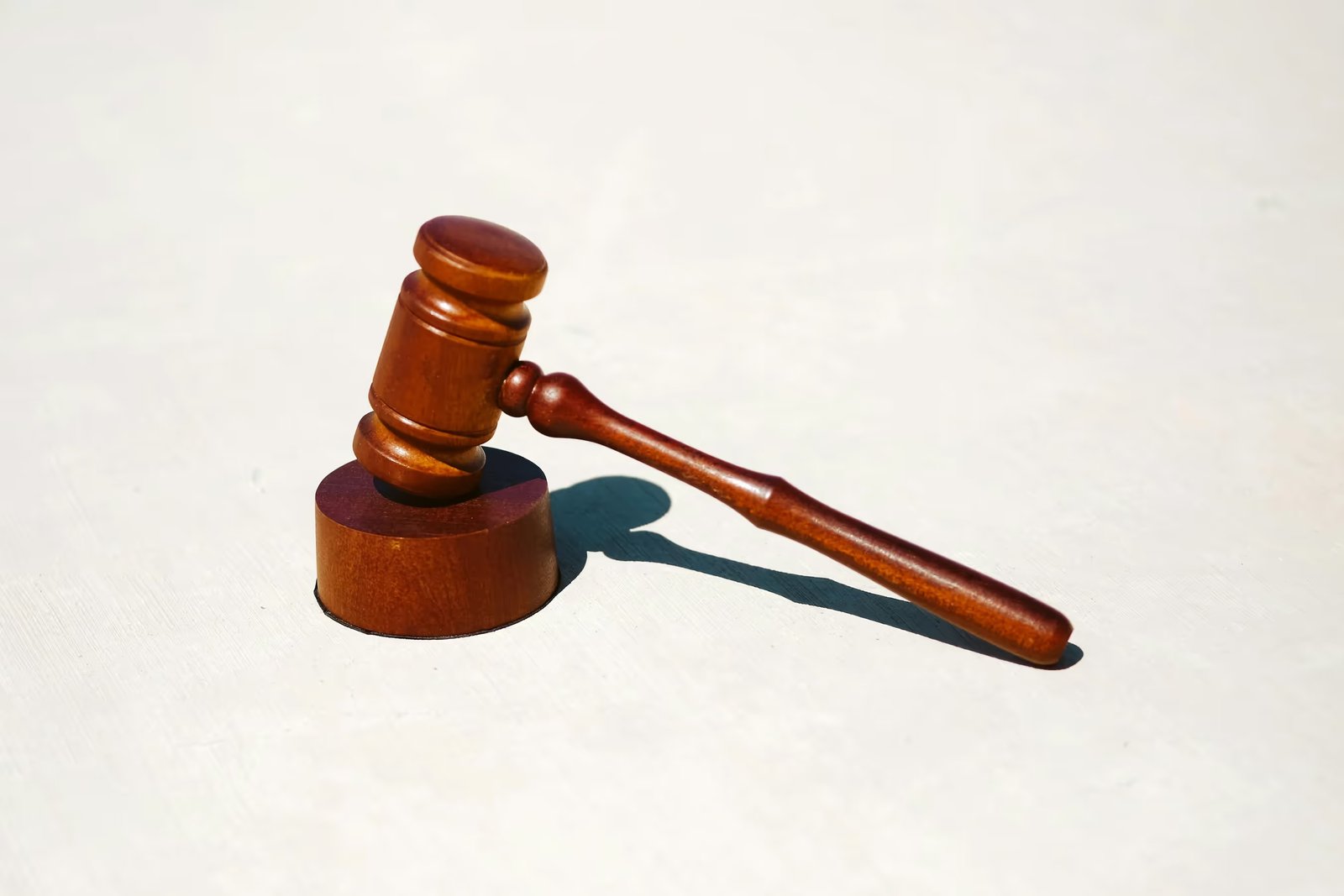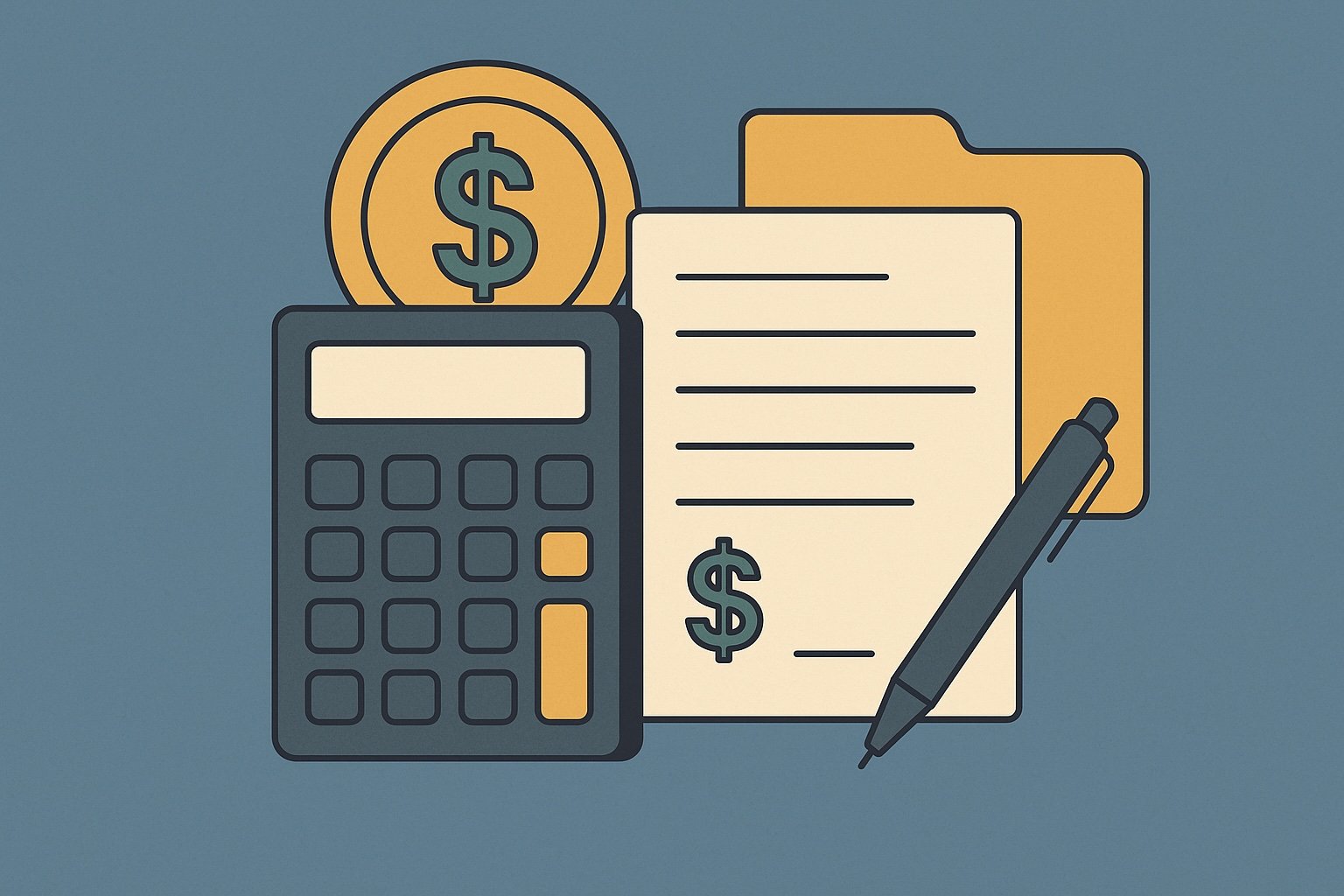Question
ARTE's Answer
A reverse 1031 exchange is a type of like-kind exchange where the replacement property is acquired before the relinquished property is sold. This can be a useful strategy when you find a desirable replacement property but have not yet sold your current property. The process is more complex than a standard deferred exchange and requires careful planning to ensure compliance with IRS regulations.
To execute a reverse 1031 exchange, you must follow these steps:
- Identify the Replacement Property: Before you can proceed with a reverse exchange, you need to identify the replacement property you wish to acquire. This is the property you will purchase before selling your current property.
- Engage a Qualified Intermediary: At Deferred.com, we act as your qualified intermediary (QI) to facilitate the exchange. In a reverse exchange, we will also act as an exchange accommodation titleholder (EAT) to hold the title of the replacement property temporarily. This is crucial because you cannot hold title to both properties simultaneously and still qualify for a 1031 exchange.
- Purchase the Replacement Property: Once you have identified the replacement property, we will acquire it on your behalf. This is done through a "parking arrangement," where we, as the EAT, take title to the property. This allows you to secure the replacement property without violating the 1031 exchange rules.
- Sell the Relinquished Property: After acquiring the replacement property, you have up to 180 days to sell your relinquished property. During this period, you must find a buyer and complete the sale. The proceeds from this sale will be used to complete the exchange.
- Transfer the Replacement Property: Once the relinquished property is sold, we will transfer the title of the replacement property to you, completing the exchange. This step finalizes the reverse 1031 exchange, allowing you to defer capital gains taxes on the sale of the relinquished property.
Example: Let's say you own a commercial building worth $500,000 that you plan to sell. You find a new office building for $600,000 that you want to purchase as your replacement property. You decide to use Deferred.com as your qualified intermediary and exchange accommodation titleholder.
- You identify the new office building as your replacement property.
- We, at Deferred.com, purchase the office building and hold the title as the EAT.
- You then sell your commercial building for $500,000 within 180 days.
- The proceeds from the sale are used to complete the purchase of the office building.
- We transfer the title of the office building to you, completing the reverse 1031 exchange.
By following these steps and using Deferred.com as your qualified intermediary, you can successfully execute a reverse 1031 exchange, deferring capital gains taxes and securing your desired replacement property.
Have more questions? Call us at 866-442-1031 or send an email to support@deferred.com to talk with an exchange officer at Deferred.
Sources
- TAM 200039005 (Failed Reverse Exchanges)
- Goolsby v. Commissioner
- IRS Info Letter 2007-0009 (Reverse Exchanges Do Not Qualify for Postponement)
- Rev. Rul. 2002-83 (Related Party Exchanges)
- What To Do About Exchange Expenses in a Section 1031 Exchange? (Article)
- DeCleene v. Comm., 115 TC 457
- Deferring Losses On The Sale of Property Using 1031 Exchanges
1031 Question? Ask ARTE
Deferred's AI 1031 Research Assistant is trained on 8,000+ pages of US tax law and outperforms human CPAs by 22%+
CHAT NOW
Learn More
See more frequently asked questions about 1031 exchanges








